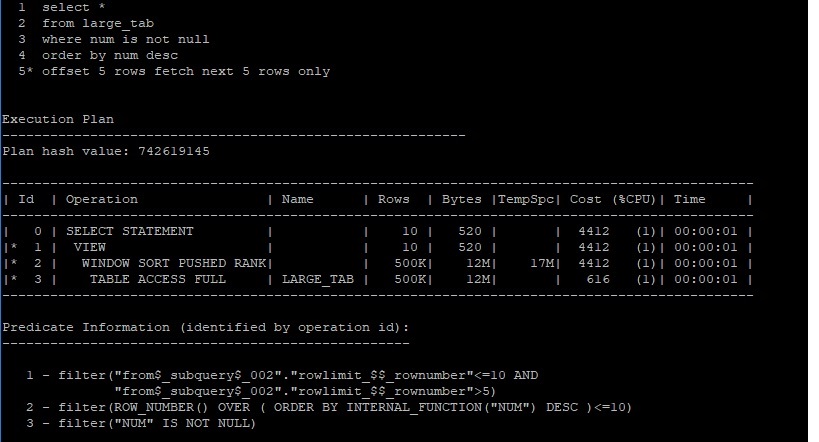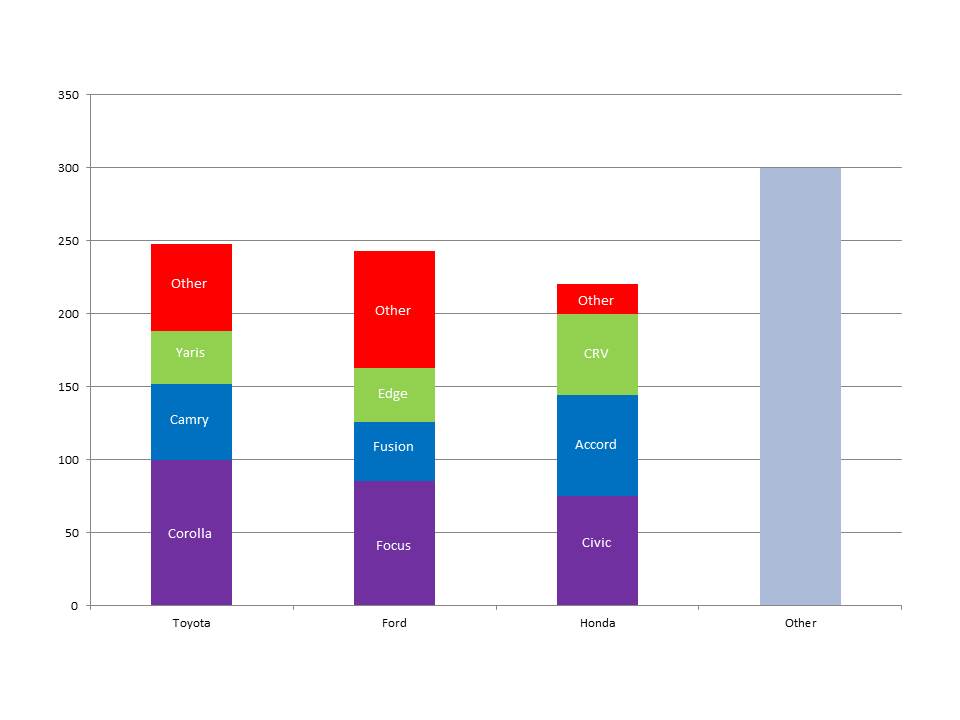Checking an SQL statement progress is never easy. There are so many parameters that affect your execution time and estimates are never correct. So in this post I’ll mention a
Tag: SQL
High CPU With Queries Without Bind VariablesHigh CPU With Queries Without Bind Variables
Performance problems can be tricky, and everyone has a different method to approach them depending on the exact issue. In this case I’d like to cover a specific case of
Did You Know #35 – New Child Cursor Creation ReasonDid You Know #35 – New Child Cursor Creation Reason
In many cases we see a new child cursor for existing SQL. You can see the children and their information in V$SQL (where CHILD_NUMBER identifies the child). To see the
Did You Know #33 – Updating an Entire RowDid You Know #33 – Updating an Entire Row
The background story for that is long and complex, so I won’t get into it. I’ll just say that it was related to replication and I wrote a procedure to
Did You Know #30 – Order in a PredicateDid You Know #30 – Order in a Predicate
I’ve known this for a while but never wrote about it. In KScope19 I attended a session by Alex Nuijten and during the session he asked a question about LIKE
Why I Don't Like ANSI JoinsWhy I Don't Like ANSI Joins
Since Oracle started supporting ANSI joins in 9i, the Oracle community was divided into two groups: one loved it and tried to convince everyone to use it, and the other

Top-N QueriesTop-N Queries
This is an old story. It started in 2015 when I found a problem with TOP-N query performance. I wrote a blog post about it and later an update. Here

Getting Crazy with Analytic Functions and Group ByGetting Crazy with Analytic Functions and Group By
This topic has been sitting in my backlog for a long time and I finally decided to write it. Analytic functions are not so new anymore (they’ve been around since
Oracle Challenge #3 – SolutionOracle Challenge #3 – Solution
This is the solution for Oracle Challenge #3. If you haven’t read the challenge, go and check it before you read the solution here.
Oracle Challenge #3 – SQLOracle Challenge #3 – SQL
I debated quite a lot before writing this post. When I wrote the post about interviewing a DBA, in the “technical questions I do ask” part I just gave a
